I absolutely love making up this Orange and Hogweed Seed Cake, especially when we cook it in the orange skin over an open fire. The cardamom and zesty lemon skin flavour of the Common Hogweed Seeds marries up perfectly with the orange juice in this smooth & velvety cake.
Ingredients:
- 200g sugar
- 200g butter
- 200g Flour
- 1tsp Hogweed seed powder
- 4 whole eggs
- 8 oranges
To see our Hogweed identification guide click here.
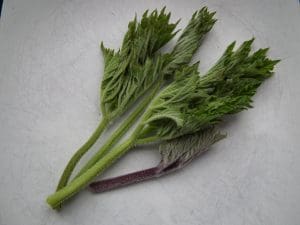
Method:
- Cut your oranges in half, peel the zest off one half and remove the orange segments from the inside of the other half (do this for all the oranges)
- In a bowl mix your butter, flour, sugar, Hogweed seeds and orange zest until a thick mixture is made
- Add your eggs and mix in thoroughly until you have a cake batter
- Tip batter in to the 8 half empty orange skins and place in the hot embers of the fire for 10-15 minutes (depending on how big the oranges are
Enjoy warm and still slightly gooey!

Find all of our Common Hogweed Recipes right here



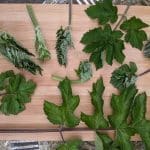
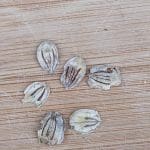

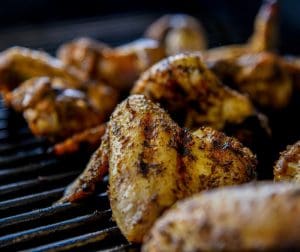
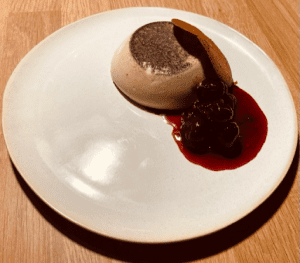
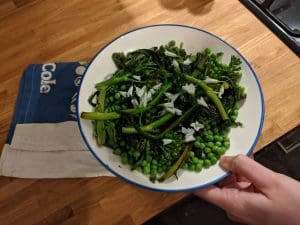



Leave a Reply
You must be logged in to post a comment.